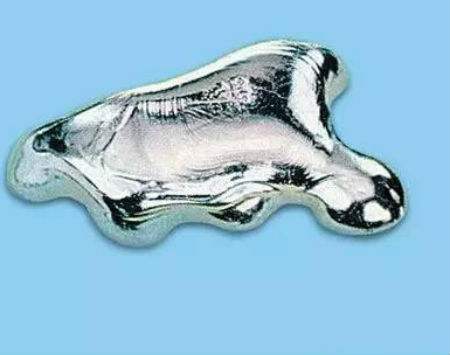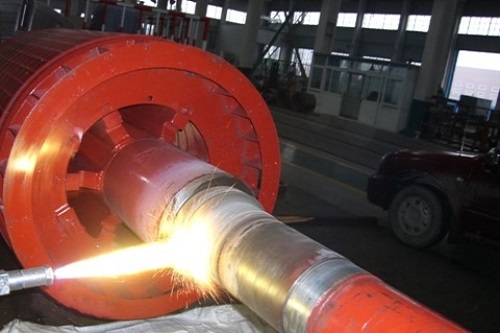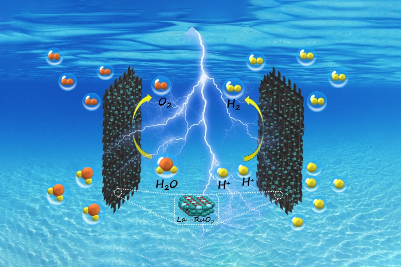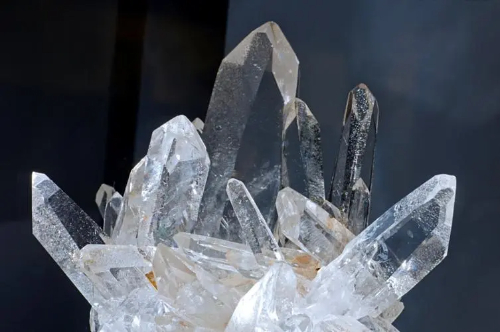Why Platinum is the Most Expensive Metal
An increase in diesel car sales in Europe can be expected to cause a strong increase in the use of platinum in the region in 2004 and beyond. The tightening of emissions regulations in China, Europe, Japan, and other parts of the world is also expected to lead to higher average platinum loadings on catalysts, especially on light-duty diesel vehicles, as particulate matter emissions become more closely controlled.
In the United States, thrifting is continuing at most manufacturers and is likely to lead to a reduction in the use of platinum in autocatalysts. The price differential of more than $600 per troy ounce between palladium and platinum has led to the assumption that automobile manufacturers will change PGMs ratios on gasoline-engine vehicles in favor of palladium, reversing the trend of the past 3 years.

Automotive industry use of palladium is expected to increase in the short term. Average loading levels on autocatalysts are expected to increase in Europe and Japan at the expense of platinum, as more stringent particulate emission standards are introduced. Now that U.S. automobile manufacturers have sharply drawn down their palladium stocks during the past year, purchases by U.S. automobile manufacturers are likely to increase.
Many U.S. automobile manufacturers have yet to make the switch because of the history of high and volatile prices in the past. A shift towards greater use of palladium in preference to platinum on gasoline-vehicle autocatalysts by a number of manufacturers is also likely to provide a modest increase in palladium use in Asia and Europe.
In Europe, however, production of gasoline-fueled automobiles is expected to decline while sales of diesel engines continue to rise, and this will somewhat offset some of the expected growth from switching to palladium. As mentioned earlier, some U.S. manufacturers may also shift PGMs ratios more in favor of palladium, but this will be substantially offset by further thrifting.

In the electronics sector, component sales are expected to increase. Increased demand for palladium, however, will be somewhat offset by a combination of miniaturization and substitution of nickel and silver for palladium in multilayer ceramic capacitors. The sales of platinum jewelry are expected to drop worldwide as the price continues to be high and white gold and palladium are substituted.
In China, it is expected that the sale of palladium jewelry will increase as the price is lower than gold and platinum. Supplies of palladium and platinum are expected to increase significantly from new mines in South Africa.




